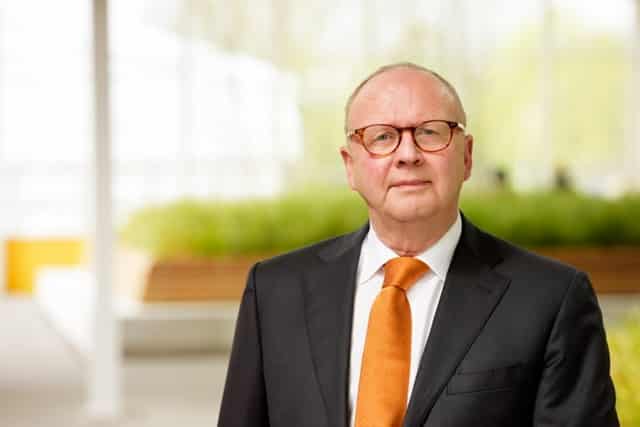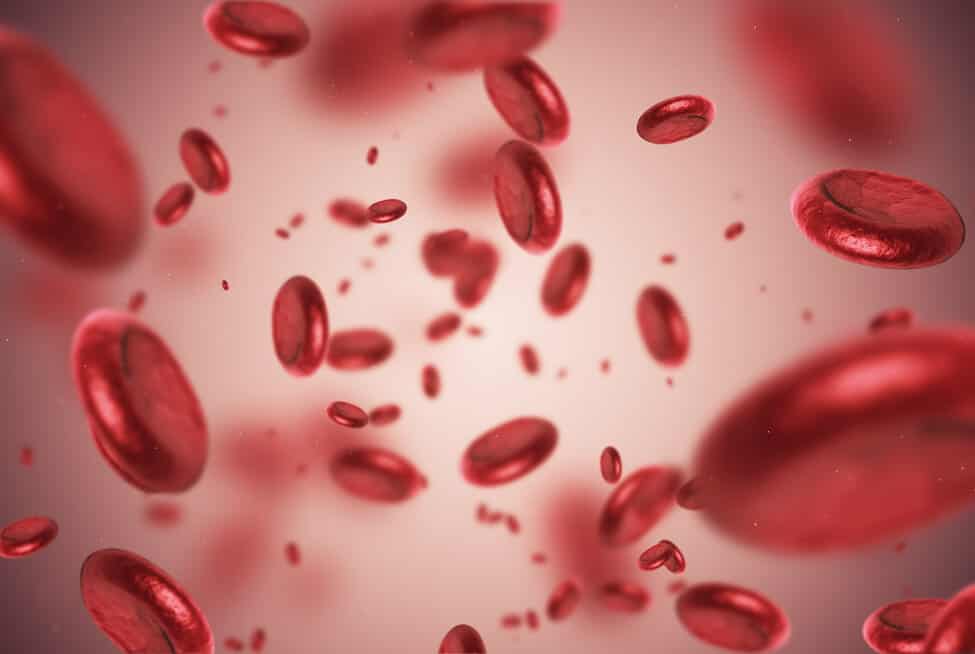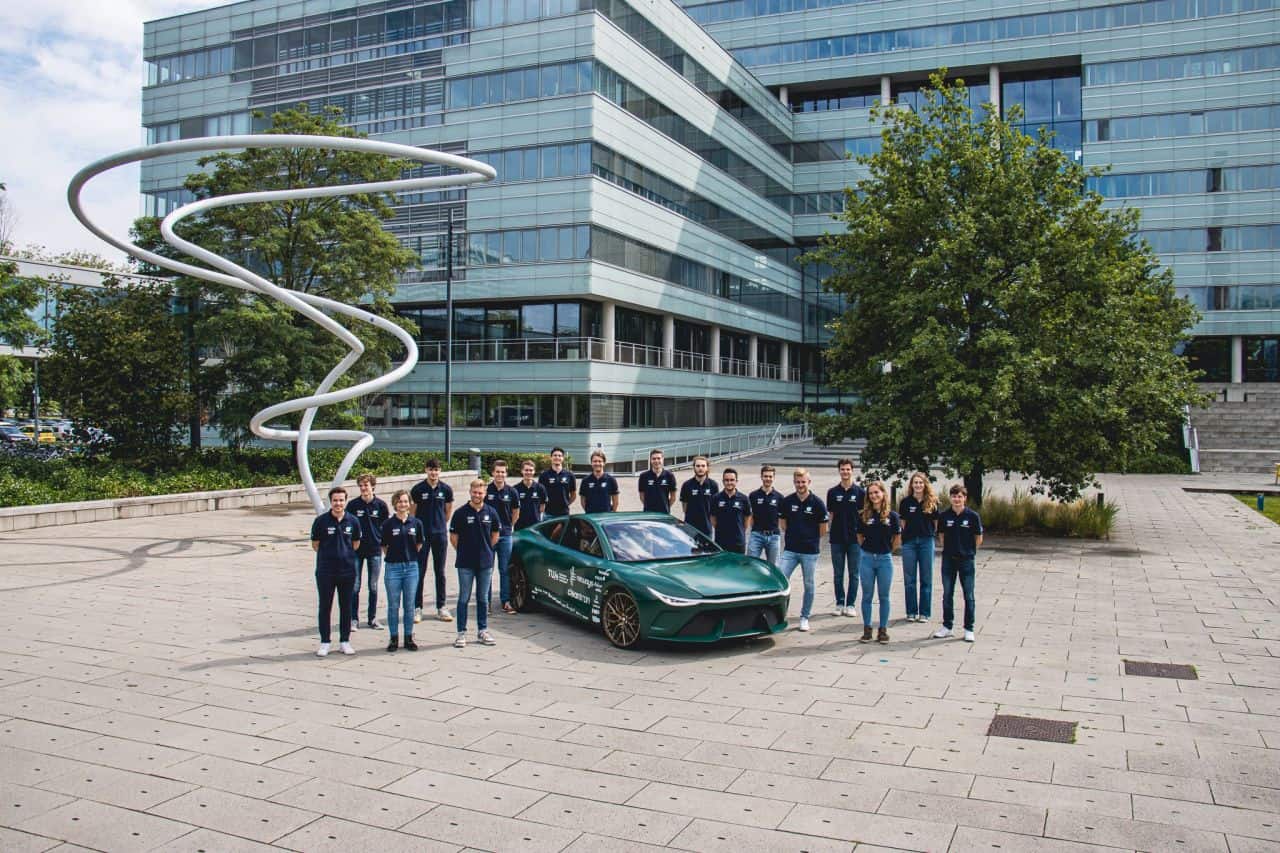
The playing field of universities cannot be captured within national borders. But their direct ecosystem is often regional and their funding largely national. That clashes. If departing board member Jo van Ham of the Eindhoven University of Technology were allowed to change one thing, it would be this: “Let’s very quickly stop hassling about things on a local scale and at least see things in a European perspective. Discussions about language, about internationalisation, about selection at the entrance, all should be judged from an international and European perspective and agreements made at that level too.”
But then, realistically: “I have worked in The Hague for thirty years and based on that I dare to say that all this will not be so easy. The Hague is mainly looking at, yes, The Hague. That’s how it goes. But in the meantime, we have become a fully international institution, despite the borders around our country. Which in itself is not very special, Van Ham says. “This was already true for the very first universities on earth, such as those in Fez and Bologna. A scientist like Huygens went to Paris to work as a researcher. That has to do with the essence of the university. Gathering knowledge, doing research and spreading the results, these are activities that simply have little concern for boundaries.”
In that sense, a university operates as a multinational. Like Philips, says Van Ham. “Once I was invited to a conference in the Evoluon together with Hans de Jong of Philips and we were asked what the government could do for us. We both had the same answer: ‘Please solve those administrative problems with the borders for us!
‘Please solve those administrative problems with the borders for us!’
The ‘global thinking’ does not prevent the university from also seeking cooperation at a regional level. For example, there is a close relationship with Tilburg University and JADS Den Bosch about data science. “But within the Netherlands, we really see our preferred partners in Utrecht University, the Utrecht University Medical Centre and Wageningen University. Van Ham may have stopped at TU/e, but that won’t stop him from taking care of the promotion of the alliance between these four university institutions in the near future as well. “In this academic combination, the groundbreaking cross-disciplinary efforts will be most important for all four.” Van Ham mentions themes such as energy, vitality, health, agriculture and food technology as spearheads.
“Within the Netherlands, Utrecht and Wageningen are our preferred partners”
Eurotech
Internationally, the TU/e mainly seeks cooperation with the technology ‘brothers’: Eurotech is the alliance between the universities of technology in Copenhagen, Paris, Munich, Lausanne, Tel Aviv and Eindhoven. “Well, I am not unbiased of course, but it is no coincidence that they are among the best technical universities in Europe. Of course, Delft is very good, Leuven is very good, but these six together can make a difference in Europe.” Eurotech has a lobbying office in Brussels and an extensive programme with 70 exchange positions for researchers. “Here too, you see: a university rooted in Eindhoven must also manifest itself across borders. Otherwise, you don’t matter anymore.”
“A university rooted in Eindhoven must also manifest itself across borders. Otherwise you don’t matter.”
Van Ham wants to emphasise once again that thinking about higher education should always be inspired by European or global developments. “Look at America, or look at China. That country is investing heavily in research and innovation. Knowing that, you can’t come to us in the Netherlands – we have the size of the city of Shanghai – and keep shouting that we’ll just continue to do our own thing. We are so busy with all these little problems that we sometimes forget that the real opportunities lie elsewhere.”
According to Van Ham, this is also evident from the level of national investment in innovation and research – in other words, in universities. “If you look at Europe, it is mainly countries such as Switzerland, Denmark, Finland, Sweden, Germany and France that make the right choices in this area. Fortunately, our current cabinet is also investing, €65 million through sector funds for example. But that is far too little if you compare it to those other EU countries. And don’t forget that we get 5 to 6 million thanks to the so-called study advance funds of our students. They, therefore, make an emphatic contribution to our existence. But we need to look much more to the outside world.”
For Van Ham, this does not have to go as far as last year’s (aborted) plans of the University of Groningen to start its own branch in China. On the other hand, the idea was not so special after all. “If you look globally, you see that phenomenon has existed for decades. I was in Singapore once, at a branch of M.I.T. and there are branches of American universities in numerous Chinese universities. There is no Dutch tradition of doing this for profit. I can understand that, but at the same time, there is every reason to work together at the level of scientists, and fortunately, we do.”
Dynamic collaboration
Technology plus talent provides the university with a great deal of power, also in an entrepreneurial sense. The same applies to many of the other campuses in the Brainport region: High Tech Campus, Brainport Industries Campus and Automotive Campus. Research takes place everywhere, innovation breakthroughs are everywhere and students are active all around with start-ups or established companies. Couldn’t all those centres of innovation in the Brainport Eindhoven region be brought together in a smarter way? Van Ham: “If you would think it all over again, you would make one campus of it. But that’s not how it went, of course. We were there much earlier than the High Tech Campus. Something like that grows gradually. Sometimes it could have been done more conveniently in hindsight, but it is much more interesting to look at what, despite the different locations, has arisen, bottom-up. We are very good at working together in this region, don’t underestimate that. It is a human collaboration, informal, not proto-coated. In practice, it works because we give each other a favour. A university-based startup can thus grow gradually towards, say, the High Tech Campus. So don’t put a fabricated way of management above those campuses, that’s not good for anything.”

The “dynamic collaboration” within Brainport is unique in the world, says Van Ham. He points to the global top position that the university occupies year after year when it comes to cooperation with the business community. “Of course, Philips has traditionally played an important role in this, and the period of reconstruction in which this university was founded, the 1950s, also had an impact. It’s in our genes. It is also very interesting for the business community that the university can also invest in joint research.”
But there might also be an area of tension there: a university that listens very carefully to the needs of the business community could just lose sight of its social or societal role. Van Ham is not afraid of this. “One of the things I fought very hard for was the social face of this university. The global challenges are clearly visible to us, especially with regard to energy, health and mobility.” Nor does Van Ham see any chance of a shift from fundamental research to more applied research. “Fundamental research, that’s always about the really major issues, such as gravity and black holes. What we also do – whether or not together with the business community – I would rather call ‘experimentally fundamental’ than applied. That is very appropriate for technical universities. We have particularly grown in the way we are paying attention to the impact of research on society. In addition, we pay much more attention than before to the social skills of the engineer – so that he can also have a personal social impact. The engineer of the future knows his social responsibility.”
The city campus
For years it was thought that the TU/e campus – “the most beautiful and greenest inner-city campus in the country” – should mainly grow eastwards, but now that’s different, says Van Ham. “We need to move more in the direction of the central railway station area and thus create more connection with the city. For that reason, I also fought for a stronger connection between the students and the city. We dismantled the Bunker building and moved three student houses to the city centre. It is important that they are more manifest in the city.”
The campus itself is also developing. “It’s becoming more a place for everyone. The university remains the most important user, but certainly not the only one. Fontys will soon be added with the engineering courses, the ROC is already there. This way, our students can experience a little more of what it is like to study at HBO or MBO and joint projects can arise from it.” In addition, there will also be room for companies from outside. “A large factory will not be possible, but we are certainly open to companies with a clear relationship with the university. Where better to work from than in the place where they can find all their talents”? As an example of such a company, Van Ham mentions Eindhoven Medical Robotics, which has found a place in the former Meulensteen Art Center, now owned by Kadans. Other options are a large conference building and one or two student flats on the north side of the campus and space for startups on the east side.
Jo van Ham is saying goodbye to the TU Eindhoven this Wednesday, but the work for the alliance of Utrecht, Wageningen and Eindhoven is only just beginning. “It hasn’t started yet. The preparations are underway, the plan is to have everything up and running by September at the latest. It is therefore premature to take an advance on the desired result at this stage, but it is clear that we want to launch groundbreaking research – and then education – in the fields of energy, food, life sciences, health technology, urbanisation and circularity at world level. These are crucial areas, real global challenges. The four partners are strong in themselves, but together, cross-disciplinarily, we can act on a global scale.”







